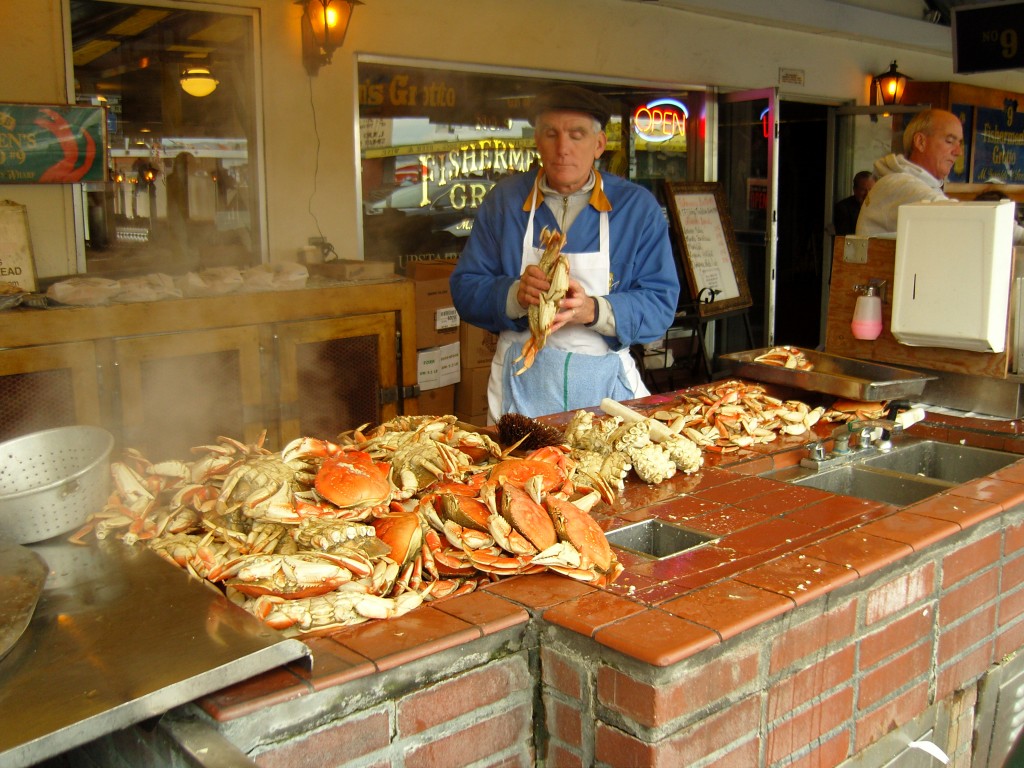-
Tips for becoming a good boxer - November 6, 2020
-
7 expert tips for making your hens night a memorable one - November 6, 2020
-
5 reasons to host your Christmas party on a cruise boat - November 6, 2020
-
What to do when you’re charged with a crime - November 6, 2020
-
Should you get one or multiple dogs? Here’s all you need to know - November 3, 2020
-
A Guide: How to Build Your Very Own Magic Mirror - February 14, 2019
-
Our Top Inspirational Baseball Stars - November 24, 2018
-
Five Tech Tools That Will Help You Turn Your Blog into a Business - November 24, 2018
-
How to Indulge on Vacation without Expanding Your Waist - November 9, 2018
-
5 Strategies for Businesses to Appeal to Today’s Increasingly Mobile-Crazed Customers - November 9, 2018
CA health officials warn of toxicity in Dungeness, Rock crabs
There may be no Dungeness crab on the thanksgiving dinner table this year.
Advertisement
Meanwhile, high levels of domoic acid continue to be found in shellfish.
A large, toxic algae bloom in the Pacific has crab fishing off the northern California coast on hold for now. Several of them showed risky levels of the neurotoxin.
Do not, repeat, not, eat crab caught along much of the California coast – that is the stunning message issued Tuesday by health officials just days before Saturday’s start of the crab season.
Worse than crabs, even, when it comes to potential health risks from the algae are bivalves like clams and mussels, and small fish like anchoves, because the toxin accumulates in their digestive tract and they are typically consumed whole, without being gutted.
The Department of Fish and Wildlife has the authority to close the commercial Dungeness crab fishery.
Domoic acid accumulation in seafood is a natural occurrence that is related to a “bloom” of a particular single-celled plant called Pseudo-nitzschia.
Algae or phytoplankton ingested by shrimp and other marine organism that constitute the food source of the California Dungeness crabs may produce a toxic acid. Officials can not predict when the plant will bloom, or when the levels found in crab will decrease.
Throughout the year, whales, dolphins, porpoises, seals and sea lions and three seabirds have all tested positive for domoic acid poisoning.
“The health advisory will be lifted once the levels are no longer above acceptable levels”, officials said.
The algae blooms have already disrupted razor clam fisheries in Oregon and Washington, which also shut down part of its Dungeness crab season this summer.
Advertisement
Marshall said he expects the algae bloom, associated with warm ocean temperatures, will eventually dissipate when the winter brings colder currents down from the north. In people, it can trigger amnesic shellfish poisoning, which can cause permanent loss of short-term memory in severe cases.




























